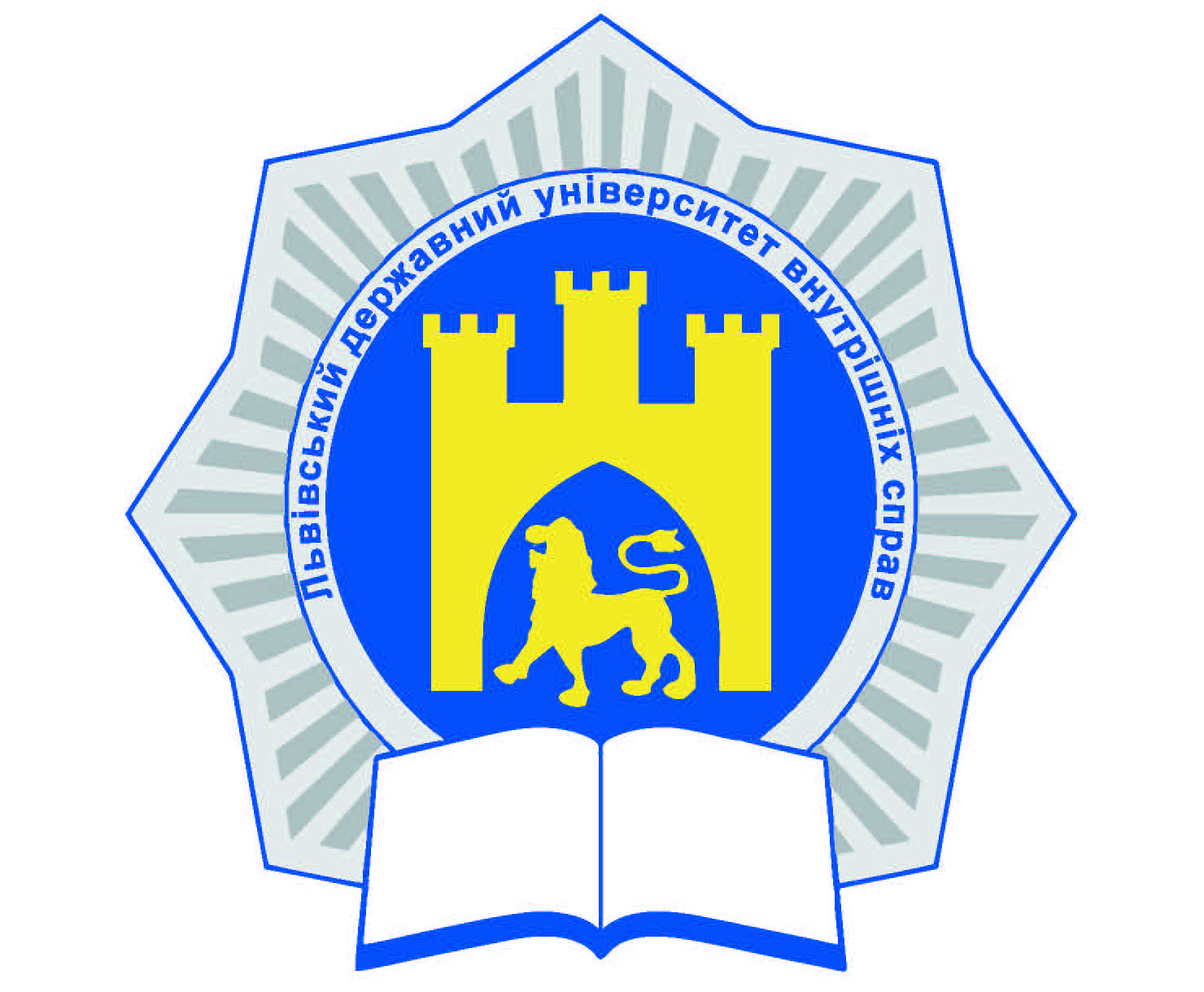SECURITY ACTIVITY: A SYSTEMATIC APPROACH
Keywords:
security activity, organization security system, mechanisms of security activity, functional effective security effect, properties of hierarchical systemsAbstract
The article reveals the essence of the concept of «security activity», provides and justifies the functional structure of security activity, which includes: species functions, methods and tools. The mechanisms of security activity have been improved, which include: 1) mechanisms to prevent threats before it occurs or is realized; 2) mechanisms for detecting threats; 3) mechanisms for eliminating threats; 4) mechanisms for restor-ing activity, status and compensation for losses. It is substantiated that security activity is complex in structure and connections and at the same time integrated in various areas of activity, in this connection requires a systematic approach based on the foundations of theoretical knowledge. It allows us to reflect reality with the help of abstract thinking and research, in the process of which the essential properties or aspects of the object are singled out; objective laws, connections and tendencies of its development turn out to be inaccessible to sensory cognition. The main properties of hierarchical security systems are described and characterized: 1) the duality of the qualities of elements in the system; 2) the dic-tates of the upper levels over the lower ones; 3) the insensitivity of the upper levels to changes in the lower levels, and vice versa – the sensitivity of the lower levels to changes in the upper levels; 4) the allocation of useful functions at the hierarchy levels. It is also justified the conditions under which any social system, including security, can function effectively, namely: 1) the integrity of the system; 2) limited autonomy of the elements of the system and their actions; 3) internal and external activity of the system. The functional effective security effect, which is produced due to a combina-tion of the actions of the security elements of the system, is characterized. This com-bination is based on the interaction and integration of the basic properties of the elements: kinship and difference. Ultimately, the system acquires a functional effective security effect in the form of stability and self-sufficiency of the system. In this way, the security system does what, under no circumstances, each of its elements can do individually. Thus, the activity of the security system is a constant reproduction of the functional effec-tive security effect.
References
Бородин И. А. Современная концепция управления корпоративной безопасностью / И. А. Бородин [Електронный ресурс]. – Режим доступу: http://www.aferizm.ru/bb/bb_koncept_bez.htm.
Грунин О. А. Экономическая безопасность организации / О. А. Гру-нин, С. О. Грунин. – СПб.: Питер, 2002. – 160 с.
Дмитрук Є. В. Моделювання системи економічної безпеки підприємства / Є. В. Дмитрук [Електронний ресурс]. – Режим доступу: http://thesis. at.ua/publ/2014
Зубок М. І. Безпека банківської діяльності: навч. посібник / М. І. Зу-бок. – К.: КНЕУ, 2002. – 190 с.
Ярочкин В. И. Система безопасности фирмы / В. И. Ярочкин. – 3-е изд., перераб. и доп. – М.: Изд-во «Ось-89», 2003. – 352 с.
Минаев Г. А. Безопасность организации: учебник / Г. А. Минаев. – К.: КНТ, 2009. – 440 с.
Франчук В. І. Теоретико-методологічні засади економічної без- пеки акціонерних товариств: монографія / В. І. Франчук. – ЛьвДУВС, 2015. – 400 с.
Франчук В. І. Теорія безпеки соціальних систем: підручник / В. І. Франчук. – Львів: ЛьвДУВС, 2016. – 216 с.
Аудит информационной безопасности / А. П. Курило, С. Л. Зефиров, В. Б. Голованов и др. – М.: Издательская группа «БДЦ-пресс», 2006. – 304 с.
Кобелев Н. Б. Практика применения экономико-математических методов и моделей / Н. Б. Кобелев. – М.: «Финстатинформ», 2000. – 211 с.
Кравчук О. Я. Діагностика та механізм забезпечення корпоративної безпеки підприємства: монографія / О. Я. Кравчук, П. Я. Кравчук. – Луцьк: Надстир’я, 2008. – 256 с.
Мехеда Н. Г. Методи моделювання систем / Н. Г. Мехеда, Б. О. Остапенко [Електронний ресурс]. – Режим доступу: http://www.rusnauka.com/12_DN_2015/Economics/10_191485.doc.htm.
Мухіна Н. А. Структурне моделювання системи економічної безпеки підприємств транспортного обслуговування споживачів туристичних послуг / Н. А. Мухіна, О. І. Почечун, О. С. Камушков // Європейський вектор економічного розвитку. – 2013. – № 2. – С. 178–187 [Електронний ресурс]. – Режим доступу: http://nbuv.gov.ua/UJRN/ever_2013_2_22
Соснин А. С., Пригунов П. Я. Менеджмент безопасности предпринимательства: учеб. пособие / А. С. Соснин, П. Я. Пригунов. – К.: Издво Европ. ун-та, 2004. – 357 с.





